Restaurant Accounting: A Step by Step Guide
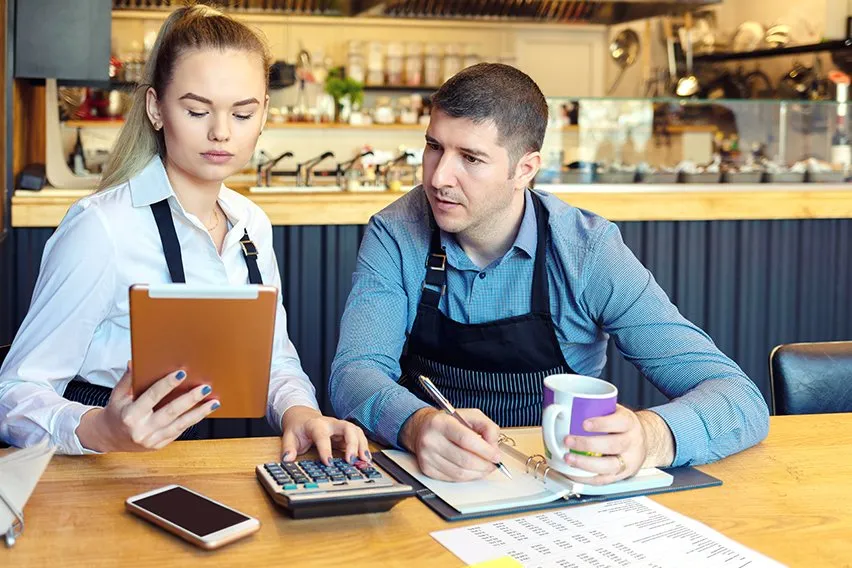
Restaurant accounting is unique because of the language of hospitality finance. It’s crucial to have an effective accounting system in place for your restaurant to see the success you’re after. Keeping a watchful eye on the restaurant bookkeeping process is especially important for restaurants because of their slim profit margins. Use this step-by-step guide to restaurant accounting to make your bookkeeping tasks simple and accurate.
For efficient restaurant accounting, you need to understand the ins and outs of the food and beverage industry. Luckily, FreshBooks is here to help! This step-by-step article is an excellent overview to help you get a handle on your restaurant bookkeeping.
Key Takeaways
- Accounting leads to better financial management and deeper insights into your business’s financial status
- Integrating accounting software with your POS system is a helpful way to keep things streamlined
- Hiring a professional bookkeeping service keeps your finances organized.
- Educating your staff on common errors helps your daily reports stay on track
What this article covers:
- What is Restaurant Accounting?
- Benefits of Accounting for a Restaurant
- Restaurant Accounting Methods
- How to Do Bookkeeping for a Restaurant
- What Is the Cost of Goods Sold in a Restaurant?
- How to Avoid Common Restaurant Accounting Mistakes
- Recommendations for Restaurant Accounting Software
- Conclusion
- Frequently Asked Questions

What is Restaurant Accounting?
Restaurant accounting is the system of recording, analyzing, and interpreting financial data for a restaurant. A restaurant accountant has many responsibilities, from recording transactions in the general ledger and accurately coding and categorizing those transactions to bank statement reconciliation and budget definition.
Keeping these books for your restaurant straight, current, and accurate is crucial to the financial success of your business. You can use restaurant accounting software to manage all your bookkeeping needs, such as creating professional invoices, managing cash flow, and tracking time.
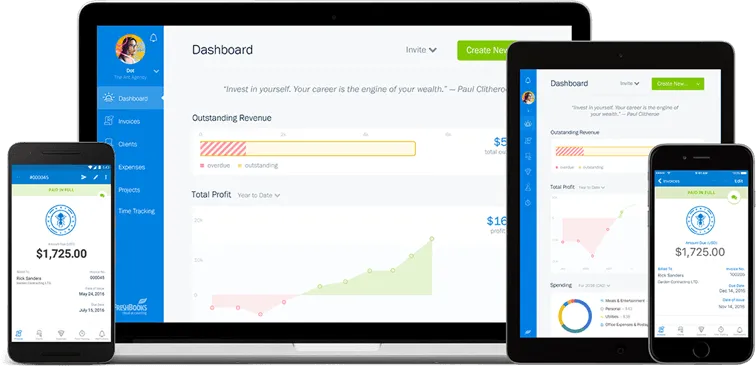
Benefits of Accounting for a Restaurant
Accurate restaurant accounting has a multitude of benefits for the success and growth of your business. Accounting leads to better financial management, deeper insights into your business’s financial status, better tracking of cash flows, and a more robust system of tracking inventory. You’ll also learn to take control of your prime costs and adjust menu pricing based on demands and inventory costs.
Restaurant Accounting Methods
You can choose between cash and accrual accounting if your restaurant has less than $1 million in revenue. The most common accounting method of restaurants is cash accounting or cash basis. This method allows businesses to record their generated income when cash is received from services rendered or paid for expenses and costs. Since restaurants and bars deal with a lot of cash daily, this method is the preferred method.
If your restaurant has more than $1 million in revenue, switching to accrual is best. Accrual accounting records financial transactions as they happen, whether you have received payment or not. This method gives you a different way to analyze activity in your restaurant and provides more details about how your income is generated, expenses are incurred, and how income and expenses are related to one another.
How to Do Bookkeeping for a Restaurant
Setting Up Your Books
1. Find The Ideal Bookkeeper
As an owner, you know the challenges of running a restaurant, such as staffing, inventory management, and controlling the cost of goods sold. Finding a bookkeeper who understands the complexity of the food and beverage industry, both front-of-the-house operations and back-of-the-house management.
2. Use Accounting Software
Choose an accounting software to streamline your data entry tasks, create customized invoices, track your revenue, create regular profit and loss statements, and review your cash flow. The ideal restaurant accounting software for restaurants should offer robust reporting features, be easy to use and allow you to access data anytime, anywhere.
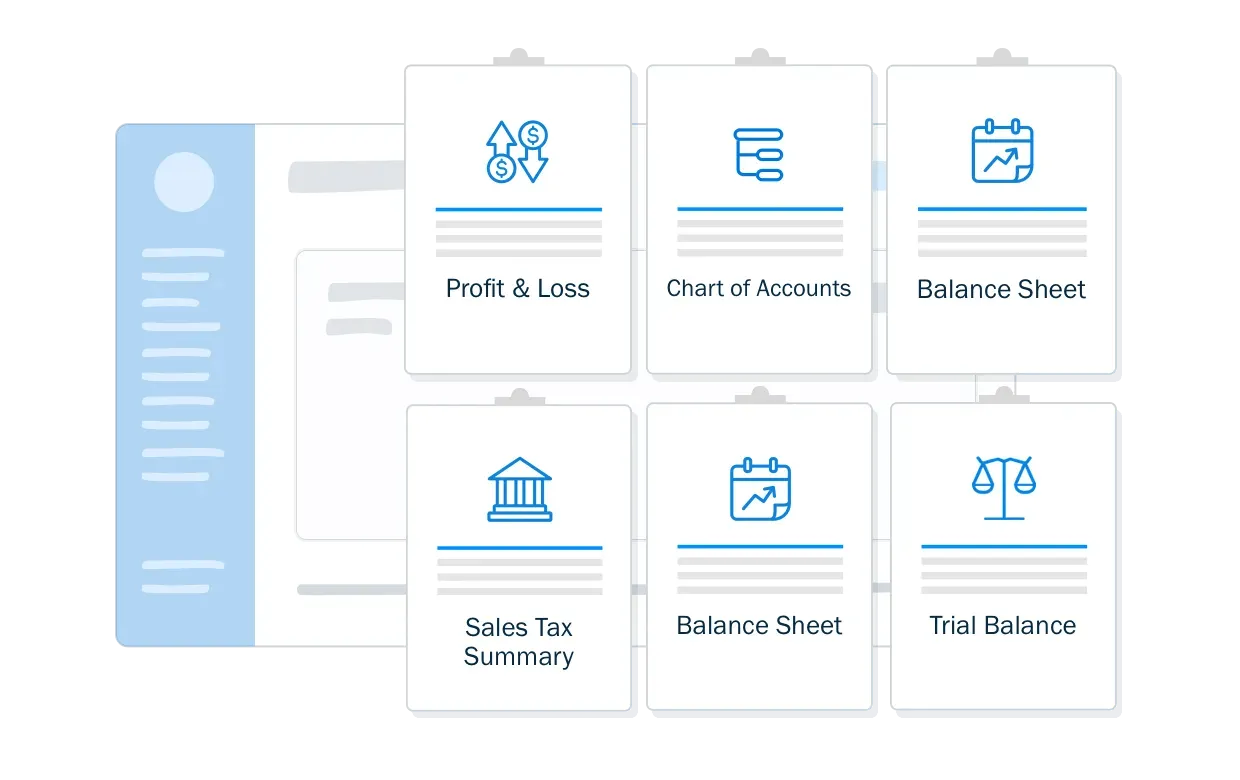
3. Set Up The Chart Of Accounts
The next step is to set up your chart of accounts to categorize the money flowing in and out of your business. A standard chart of accounts includes assets, liabilities, expenses, revenue, and owner’s equity.
This is further broken down into business-specific categories or sub-accounts, such as inventory, sales, and marketing. While setting up the chart of accounts, it’s important to decide the metrics you want to monitor.
4. Choose A Point Of Sale (POS) System
Whether running a small bakery or a fine dining restaurant, you need a POS system for cash management, sending or printing receipts, inventory management, order management, and back-office reporting.
Choose a system that is easy to use for employees and customers that can seamlessly tie in with your accounting software.
What You Need to Track
Payroll
Payroll in the restaurant industry can be challenging as tracking employee hours is complex. Multiple wages and staff positions are the norms in the restaurant industry, and the ability to accommodate different rates is vital.
According to the National Restaurant Association, there are 14.7 million people in the restaurant industry. Ten percent of the workforce in the United States is made of restaurant employees, most of whom are hourly and part-time.
Calculating restaurant payroll can be a hassle with irregular work hours, multi-positions, and different types of pay, calculating restaurant payroll can be a hassle. It is best to outsource the payroll function or use payroll software to do the work for you.
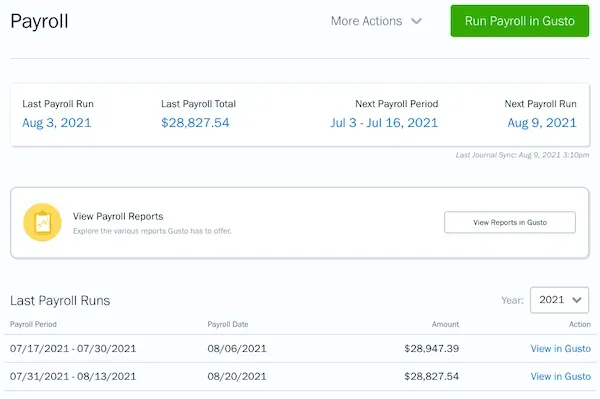
Accounts Payable
Paying your bills on time and keeping your vendors and suppliers happy is essential for the efficient functioning of a restaurant. The accounts payable represents the amount you owe the suppliers.
Once you receive invoices, update them on the accounting software. This will help you keep track of the payment schedule.
Inventory
Based on the size of your restaurant, you can set up an inventory management system that optimizes food costs and reduces waste. The inventory also helps you avoid food shortages and surpluses.
Track your consumables and supplies to calculate the value of the food you have in stock and determine the average daily inventory costs.
Cash Management
Monitor your cash flow, which refers to the amount of cash coming in versus the amount of cash going out of your business on a daily, weekly, and monthly basis.
Sales
Keeping track of your revenue is important to restaurant bookkeeping. Use the accounting records on hand to show how much you earn from food sales, merchandise sales, or catering jobs. Find out how much revenue you make each day and ideally break them further into food and beverage categories.
Reconciliation
You must reconcile all of your accounts, including bank accounts, loans, credit cards, lines of credit, and even your payroll liabilities. Reconciling will ensure that you’ve accounted for everything and will help you with confidence that your financial reports are accurate
Reporting and Analysis
Here are some key ratios to consider when reviewing the financial statements of your restaurant, specifically your weekly and monthly income statements.
Food Costs
The cost of preparing the item on the menu is divided by the total revenue from the item. This ratio ensures that you’re making a profit from each menu item.
How to calculate:
Food cost / Total sales x 100
Prime Costs
Prime cost is a summation of all your labor costs and your cost of goods sold. Paying your restaurant staff, including front-of-office staff and kitchen crew, is part of your labor costs. Benefits, payroll taxes, and similar add-ons are also included in labor costs.
Ideally, labor should be less than 30 percent of the revenue. Depending on the type of restaurant you run, though, costs may be higher or lower. To evaluate the costs, divide the staff into groups of kitchen staff or managers to see which group is costing you more.
How to calculate:
Labor + Cost of goods sold
Overhead Rates
Overhead rates are fixed costs of running your business, such as rent and insurance. It is calculated on an hourly, daily, or monthly rate. This will give you an insight into how much your business costs to run.
How to calculate:
Total fixed costs/ Total operating hours
Cost of Goods Sold
The cost of goods sold represents the costs of making and selling your products at any given time, including inventory costs. It helps you understand how much you’re spending to make the food.
How to calculate:
Beginning inventory + purchased inventory – final inventory
Gross Profit
Gross profit is calculated as net sales minus cost of goods sold, or COGS
How to calculate:
Net sales – COGS = Gross Profit
What Is The Cost of Goods Sold in a Restaurant?
The Cost of Goods Sold, or COGS, for a restaurant is the overall cost of all ingredients used to prepare a menu item. This includes sauces, garnishes, and other condiments. Restaurant COGS are the items that aren’t reused within a restaurant and are consumed by customers. These are the items being directly sold to the consumer. The following equation determines COGS:
Beginning inventory + purchased inventory – final inventory
The beginning inventory is the amount of food you have in your kitchens and storage rooms at the beginning of the period. At the same time, purchases refer to the supplies you purchase in food and beverage orders. Final inventory is the number of supplies you have left when your defined tracking period is over.
For example, if your restaurant has $3,000 worth of inventory on hand at the beginning of the week and purchases another $2,000 of food products, you have $5,000 worth of inventory. The following week you count $2,000 worth of inventory. This gives you a COGS of $3,000.
Choosing accounting systems for restaurants can help you eliminate the difficulty with restaurant accounting and help you manage your food costs easily. These systems include financial software and point of sale (POS) systems to help you quickly organize inventory counts and execute transactions.
How to Avoid Common Restaurant Accounting Mistakes
Avoiding the most common restaurant accounting mistakes requires us to identify them. Below is a list of the five most common errors:
- POS Transactions and Expenses:
The improper posting of POS transactions and expenses is at the top of the list of common errors. This includes tips and sales tax not being included in the sales, discounts, and comps not being separated on the Profit and Loss Report, and gift cards being included in sales when sold rather than when redeemed. Avoiding this mistake involves detailed training for any staff that works with the POS system and using the cash basis method for accounting daily. - Inventory Records: When inventory isn’t recorded properly, you can end up with highly inaccurate COGS and Profit and Loss Reports. Long-term items like alcohol, dry goods, and shelf-stable ingredients often last longer than one inventory period and must be recorded properly. Accurate inventory figures reported on the books enable additional inventory measures, such as turnover.
- Third-Party Delivery Sales: Deposits from third-party delivery providers, like UberEats or Doordash, include sales minus the commission marketing, delivery, credit card fees, and sales tax. These items need to be separated and tracked accurately net, not gross, for a true representation within your bookkeeping.
Recommendations for Restaurant Accounting Software
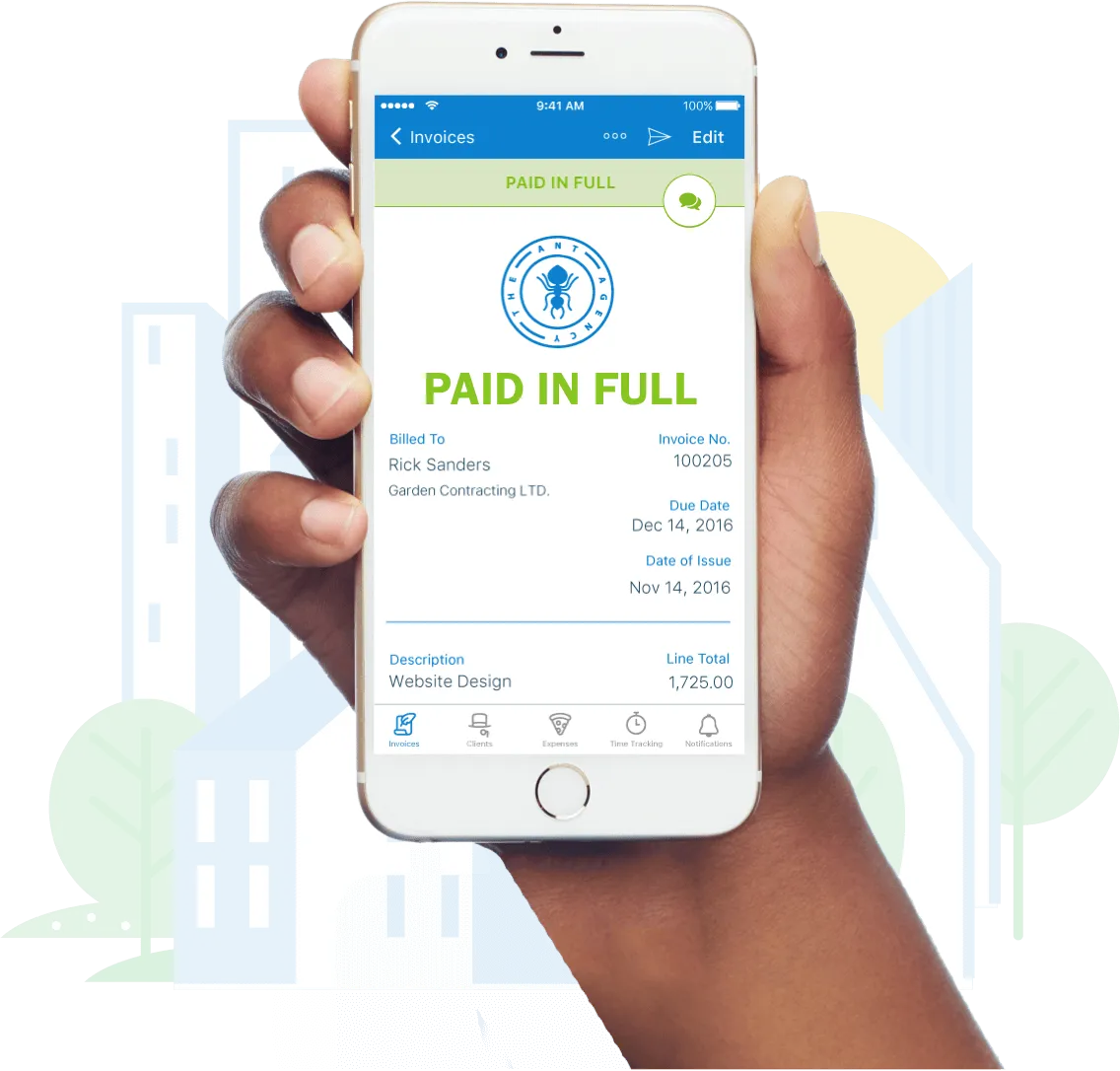
The availability of your accounting information is a founding aspect of any restaurant’s success and ability for growth. The more information you have quick access to, the more accurate your books will be. You need software that presents your true financial position to make informed and savvy decisions.
Good accounting software helps you process, gather, and analyze data effortlessly and accurately. POS system integration is a crucial aspect of any restaurant accounting software you use for your restaurant. Once integrated, the software can automate the collection and categorization of your financial transactions. It allows real-time tracking of your financial performance and mitigates errors that occur with manual restaurant accounting.
FreshBooks offers a balance sheet, general ledger, COGS report, Account Payable, Chart of Accounts, Journal Entries, and access to professional accountants ready to tackle any problems that arise. You’ll have access to the metric that matter and be able to reconcile books quickly and efficiently. Check out all of the available accounting software products available on FreshBooks.

Conclusion
While accounting for restaurants can be arduous, it doesn’t have to be a daily struggle if you choose the right approaches. Investing in the right restaurant accounting software and bringing on professionals with up-to-date insight and knowledge to manage your books is a streamlined way to make accounts stress-free and keep track of sales data, operating expenses, and other restaurant expenses.
Follow the steps in this guide and, when in doubt, contact professionals for advice as soon as a problem arises. Staying on top of your financial records and daily accounting allows you to grow and scale your business. The right tools and partners in place make it easier to focus on building great customer relationships to keep your restaurant running for years to come.
FAQs on Restaurant Accounting
How do restaurants maintain accounts?
You can choose between cash basis accounting and accrual accounting depending on your profit amounts. You’ll also need to keep constant track of inventory, food and pour costs, prepaid accounts, short pays and vendor credits, and tips.
What is a P&L statement for a restaurant?
A restaurant profit and loss statement, also called a P&L, is a financial document detailing the total revenue and expenses over a predetermined period of time. They’re typically run monthly or yearly. P&Ls provide an overview of your restaurant’s revenue, costs, and expenses.
How do you create a restaurant P&L?
To create a P&L for your restaurant, you subtract the total cost of goods sold from your Master Total for the week to calculate gross profit. Next, Add labor cost and total operating cost for the week. Subtract that total from the gross profit to get your net profit or loss.
Should restaurants use cash or accrual accounting?
Restaurants with less than $1 million in profits can choose between cash or accrual accounting. Most choose the cash basis method. Restaurants with profits over $1 million should rely on the accrual method for accuracy and insight.
What percentage should expenses be in a restaurant?
For restaurants to be profitable, most business operators look for the food costs to be between 28 and 35 percent of the revenue. While no defined average food cost percentage is defined, this range has been a well-known standard for US-based food operators.
About the author
Kristen Slavin is a CPA with 16 years of experience, specializing in accounting, bookkeeping, and tax services for small businesses. A member of the CPA Association of BC, she also holds a Master’s Degree in Business Administration from Simon Fraser University. In her spare time, Kristen enjoys camping, hiking, and road tripping with her husband and two children. In 2022 Kristen founded K10 Accounting. The firm offers bookkeeping and accounting services for business and personal needs, as well as ERP consulting and audit assistance.
RELATED ARTICLES


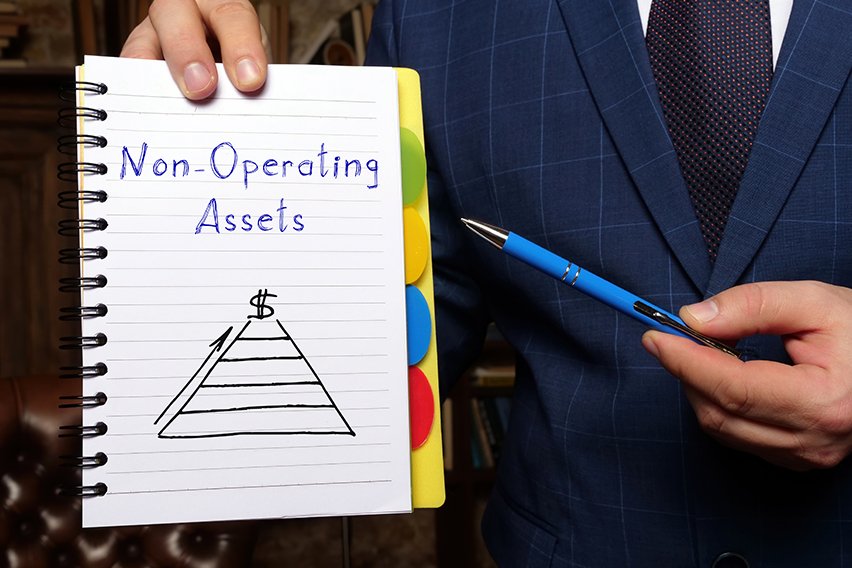 What Is Non-Operating Income? 3 Things You Need to Know
What Is Non-Operating Income? 3 Things You Need to Know Liquidity in Small Business: What It Means and Why It Matters
Liquidity in Small Business: What It Means and Why It Matters What Is Inventory Valuation and Why Is It Important
What Is Inventory Valuation and Why Is It Important What Is Small Business Accounting? A Beginner’s Guide
What Is Small Business Accounting? A Beginner’s Guide Am I Insolvent? The Signs of Insolvency for Small Businesses
Am I Insolvent? The Signs of Insolvency for Small Businesses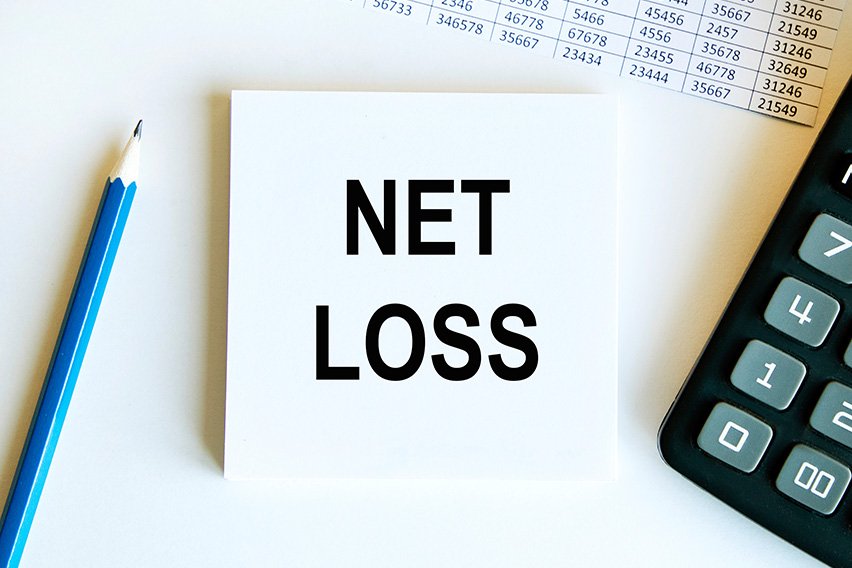 Net Operating Loss (NOL): A Detailed Guide
Net Operating Loss (NOL): A Detailed Guide